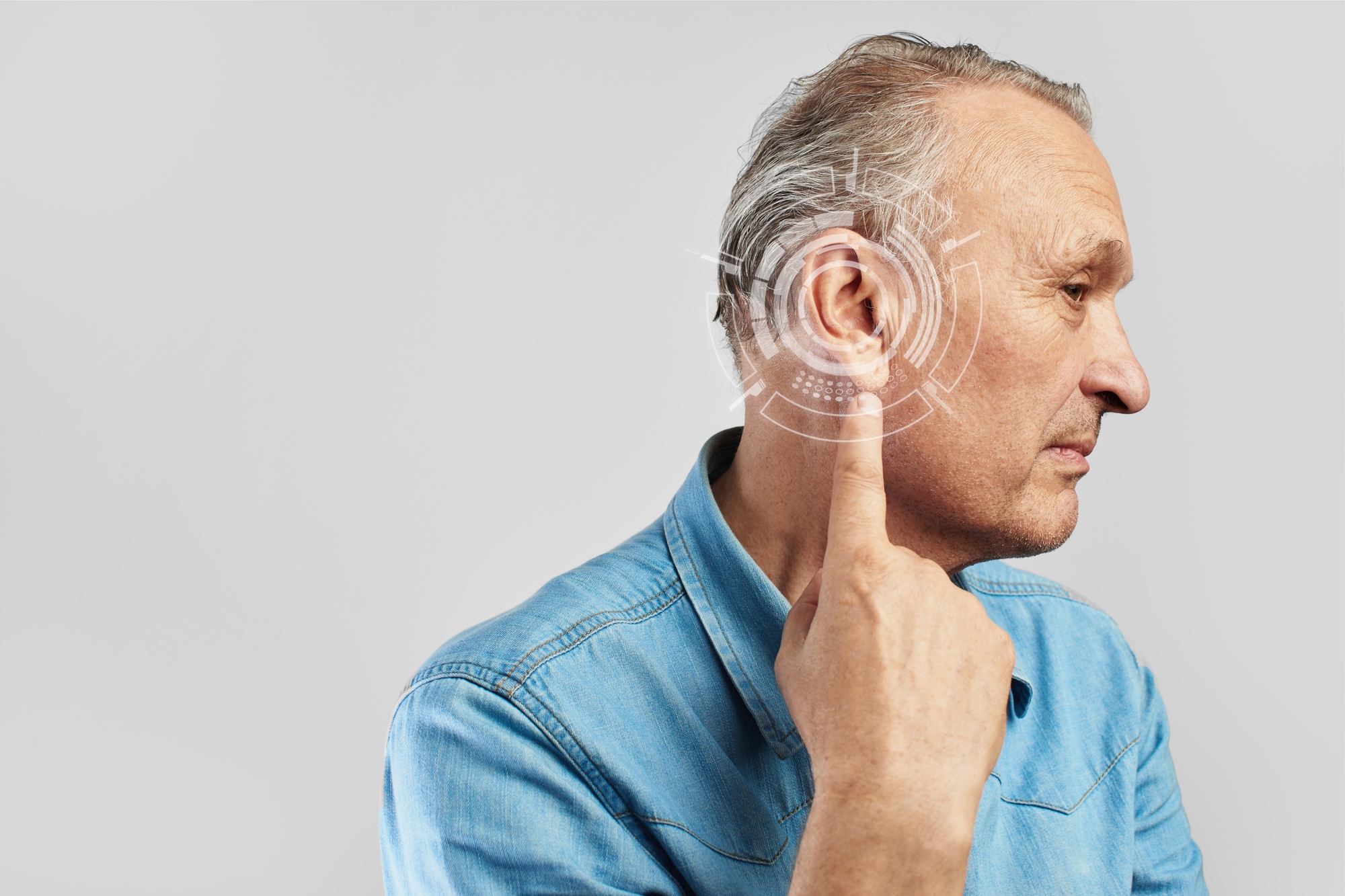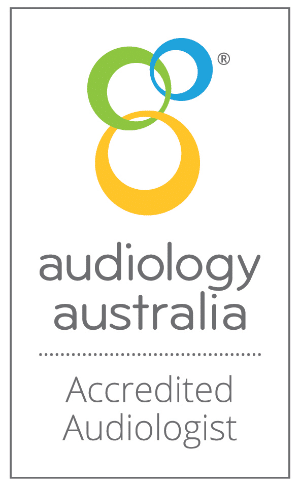
About hearing loss
Common signs of hearing loss
The sensation of people "mumbling" or not talking clearly Tinnitus (the sensation of phantom sounds - clicking/buzzing) Increasing the TV volume louder than others would like Difficulty understanding people who are not facing us Increased effort/ mental attention required when listening to others After a full day, the feeling of b rain fatigue/ or speech becoming harder to comprehend Sustained avoidance of social events and places where background noise is present Poor tolerance to loud sounds
FAQ about hearing loss
Types of hearing loss
Sensorineural hearing loss
Sensorineural hearing loss (SNHL) is the most common type of permanent hearing loss. It occurs due to damage to the inner ear (specifically the cochlea) but is also to damage of the auditory nerve. The most common cause of SNHL is due to ageing and noise exposure. 90% hearing loss cases we see in our clinic is because of SNHL.
This type of hearing loss is permanent and not treatable through surgical intervention. Treatment options include hearing aid use, cochlear implants or assisted listening devices.
Conductive hearing loss
Conductive hearing loss is often relates to excessive ear wax, closure of the ear canal, damage to the middle ear bone mechanisms, a history of ear infections, perforated ear drum/s, or inflammation in the outer or middle ear.
Not all conductive hearing loss is permenent, however some is. Depending on the type of conductive hearing loss, surgical intervention may partially or fully restore hearing in some cases.
Mixed hearing loss
Mixed hearing loss is a combination of sensorineural hearing loss and conductive hearing loss. Causes of mixed hearing loss can be from age-related hearing loss or excessive noise exposure, combined with a history of ear infections in childhood or adulthood, or a perforated ear drum. Alternatively it can be related to exostosis, head truama, ear canal atresia, or excessive ear wax. After sensorineural hearing loss, this is the most common type of hearing loss we see in our clinic.
Mixed hearing loss may be treatable though surgical intervention. However in many cases, hearing aid use and assisted listening devices are the only treatment option.
Hearing loss caused by certain diseases
Certain diseases and conditions can lead to hearing loss, including autoimmune diseases, genetic disorders, diabetes, kidney disease, and viral infections such as shingles/ chickenpox. Meningitis can also lead to hearing loss.
In many instances of diseases or infections resulting in hearing loss, the impairment may not be permanent. For example, diabetes and kidney disease can lead to temporary hearing loss. However, in cases involving viral or bacterial infections, as well as birth defects and genetic disorders, the hearing loss is typically permanent. In cases of permenant hearing, hearing aids and assisted listening devices are usually the treatment options.
hearing loss and inner ear disease
Inner ear disease can arise from various factors, which include genetic predispositions, viral and bacterial infections, autoimmune disorders, and occasionally, head trauma. Inner ear disease is associated with issues related to fluid imbalances/transfer within the inner ear. When inner ear disease occurs, symptoms typically manifest as fluctuating hearing loss, vertigo, and sometimes tinnitus. Some of the prevalent inner ear diseases cases we see in our clinic include labyrinthitis and Ménière's disease.
While there is no cure for most cases of inner ear disease, it usually be can be managed effectively through medications, hearing aid use and lifestyle changes.
Ear infections and hearing loss
Ear infections and hearing loss are related to individuals with a history of ear infections during childhood, or those experiencing recurrent infections in adulthood. These individuals face a higher risk of experiencing long-term hearing loss, primarily manifesting as conductive hearing loss.
Hearing loss associated with active ear infections, can often be addressed through surgical interventions. However, individuals who have moved past ear infections might suffer from irreversible damage to their middle ear system and/or eardrum, leading to a lifelong dependency on hearing aids.
Noise-induced hearing loss
Noise-induced hearing loss (NIHL) is hearing loss resulting from prolonged exposure to loud sounds, which can cause irreversible damage to the sensitive hair cells within the inner ear (cochlea), ultimately resulting in sensorineural hearing loss . The most prevalent cases of noise-induced hearing loss that we encounter in our clinic arise from industrial settings, particularly construction, agriculture, or individuals who frequently use firearms. A significant concern regarding NIHL is its long latency period—damage can occur without immediate symptoms, meaning initial warning signs may not appear for many years, fostering a sense of non-urgency. One of the earliest indicators of NIHL is the onset of tinnitus.
Fortunately, this condition is preventable through effective hearing conservation strategies, including the use of earplugs/hearing protection. Treatment options available after the damage has occured include hearing aids, cochlear implants, or assistive listening devices.
Sudden-sensorineural hearing loss
Sudden sensorineural hearing loss (SSNHL) is a rapid, frequently unexplained loss of hearing that typically affects one ear and occurs within a span of 72 hours, necessitating immediate medical attention. Symptoms of SSNHL include a sudden decrease in hearing, abrupt onset of tinnitus, or a feeling of fullness in the ears/ear. When SSNHL presents, the underlying cause is often unknown; however, it is frequently associated with viral infections that infiltrate the cochlea (the organ responsible for hearing) or autoimmune diseases.
SSNHL is only preventable if early detection occurs with immediate steriod therapy. However, often, this may not help. In most cases we see, SSNHL is permenent. Treatment options include hearing aids, cochlea implants or assisted listening devices.





